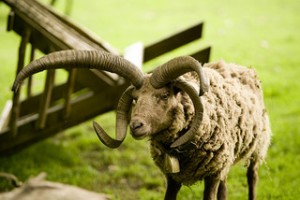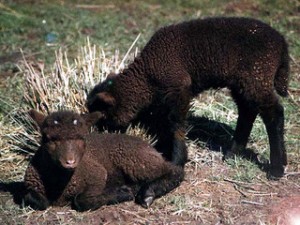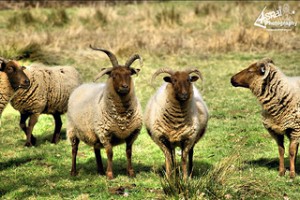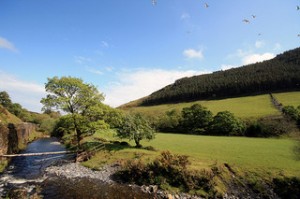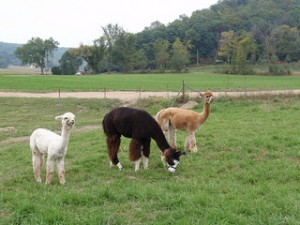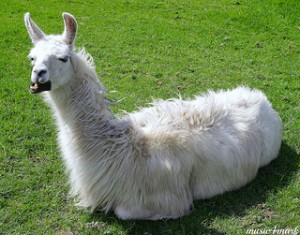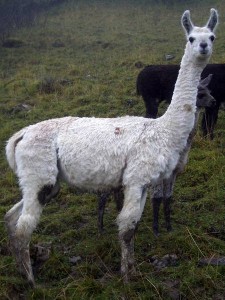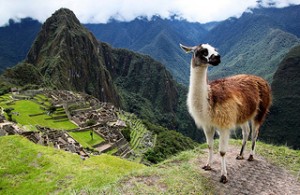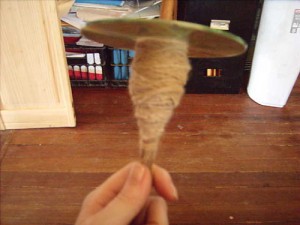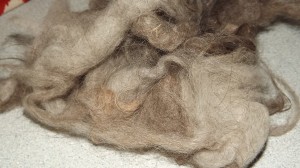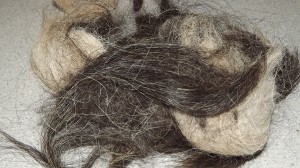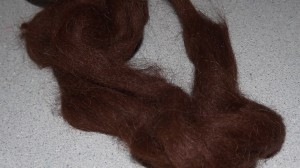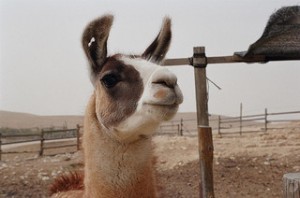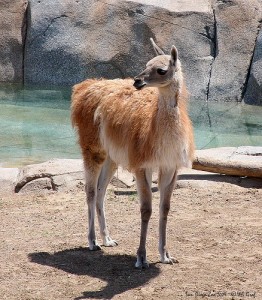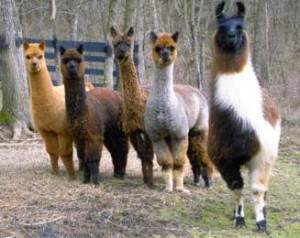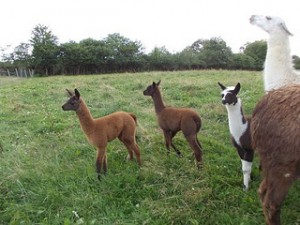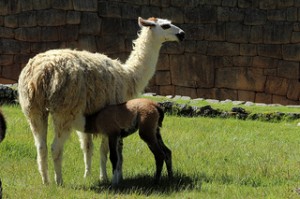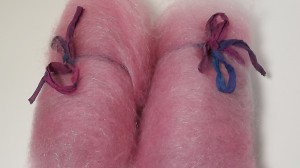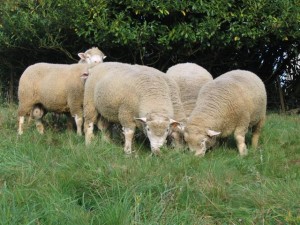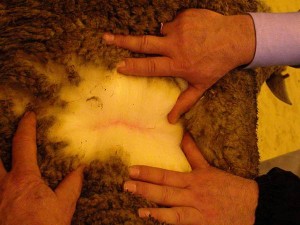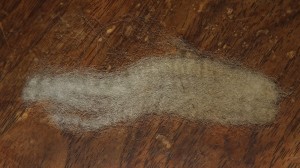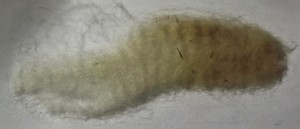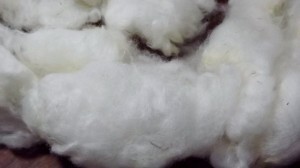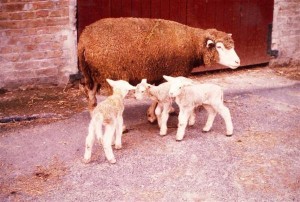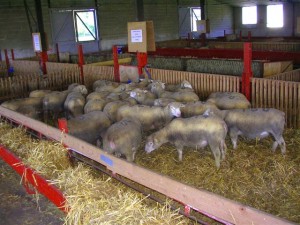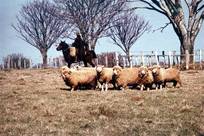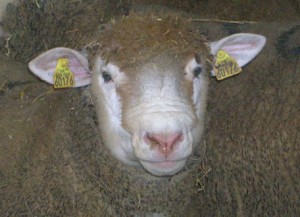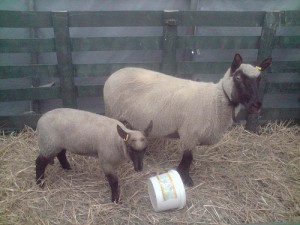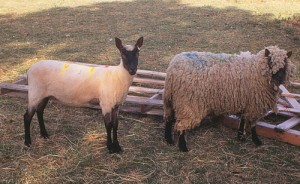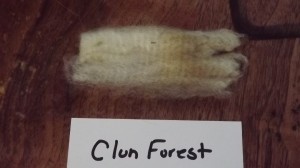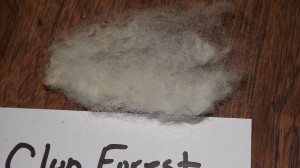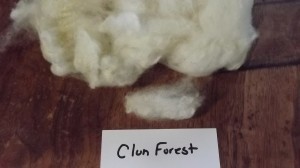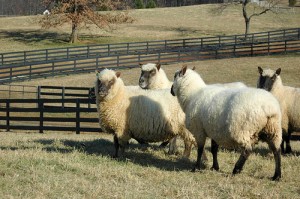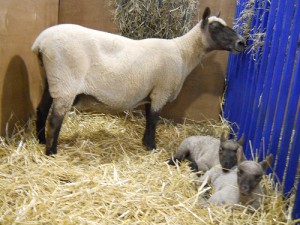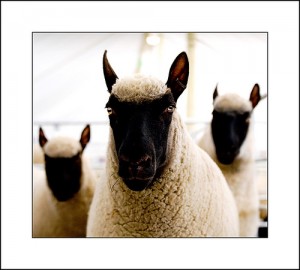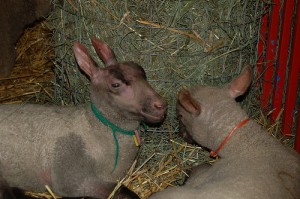The Manx Loaghtan (pronounced Lock-tun), also spelled Loaghtyn or loghtan ,is a breed of sheep native to the Isle of Man which is located in the Irish Sea between Britain and Ireland. they are descended from primitive once found in Scotland, the Hebrides, and the Shetland Islands. The word Loaghtan comes from lugh dhoan which means mouse-brown. This breed is listed as at risk by the Rare Breeds Survival Trust.
Manx Loaghtan is a polycerate sheep usually having 4 horns and sometimes 6 six horns there have even been a few cases of polled sheep. These are small sheep about 88 pds for ewes and 120 pds for rams. They have a elegant look about them for a primitive, hardy sheep. The are moorit (brown) in color. Manx Loaghtan’s are considered a delicacy in the lamb meat market and a specialty wool for spinners.
During the UK Foot and Mouth Disease epidemic of 2001 access to the island was closed to protect the Manx Loaghtan. The disease didn’t reach them and they were able to continue exporting.
I couldn’t finish this post without a breathtaking picture of the gorgeous place these sheep hail from.
Information from wikipedia and the rare breeds survival trust.
Remember to get your weekly fibery updates sent to your inbox, sign up for the rss feed.
Tags: animal rescue, animals rescue maine, fiber animal products, fiber animals, manx loaghtan, manx loaghtan sheep, manx loaghtan wool, micron count, raising fiber animals, roving wool, sheep wool, sheep wool breeds, spinning wool by hand, wool, wool for felting, wool for spinning, wool for spinning yarn, wool processingX sheep wool types

